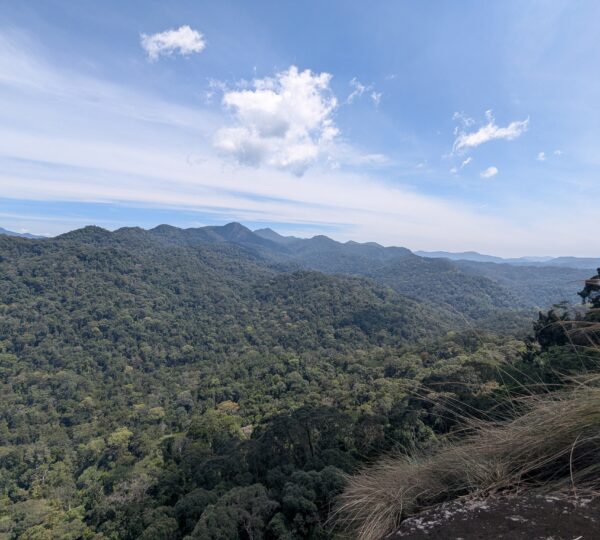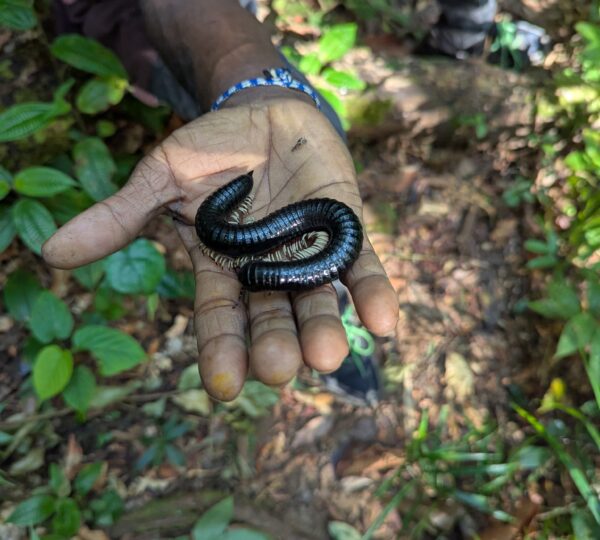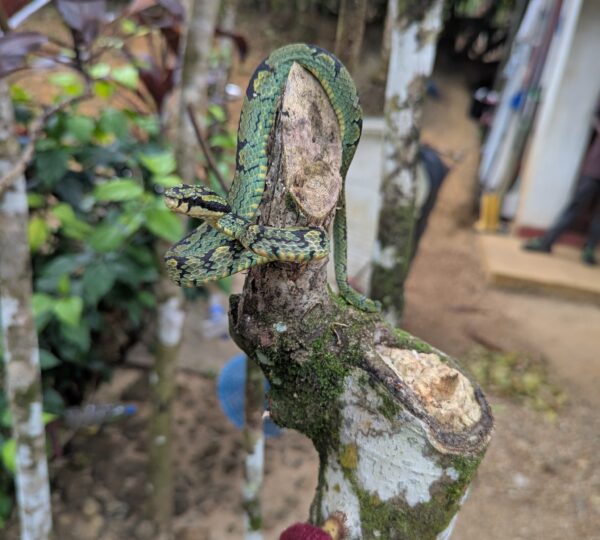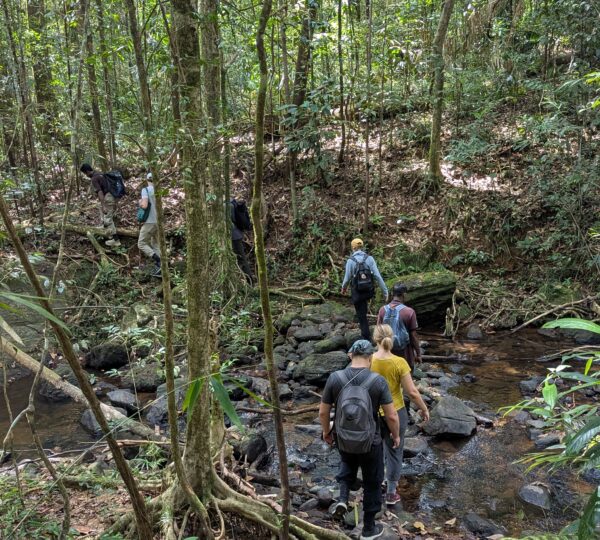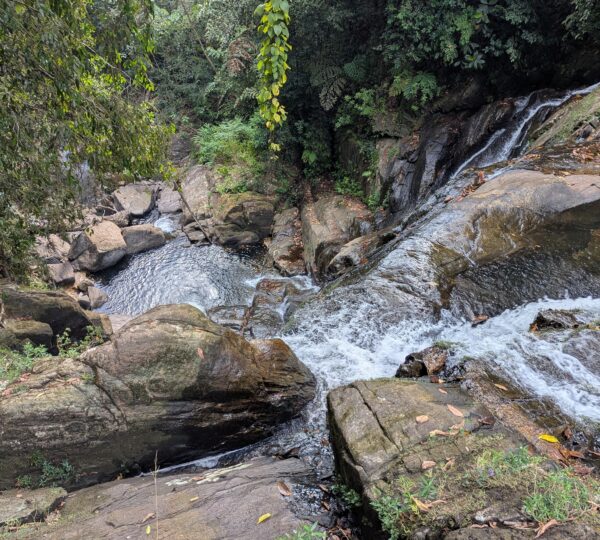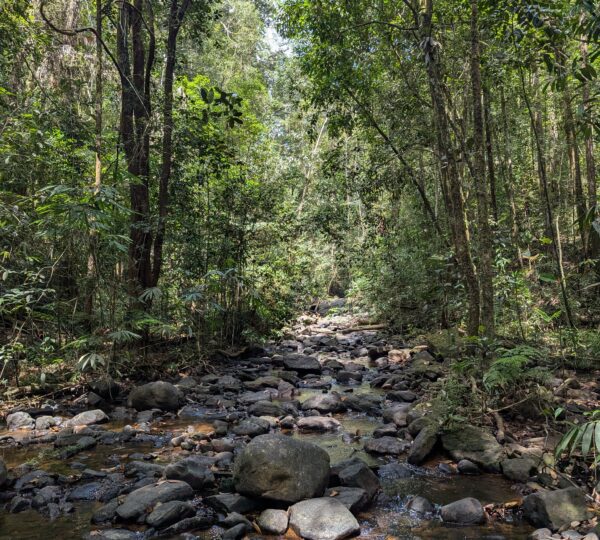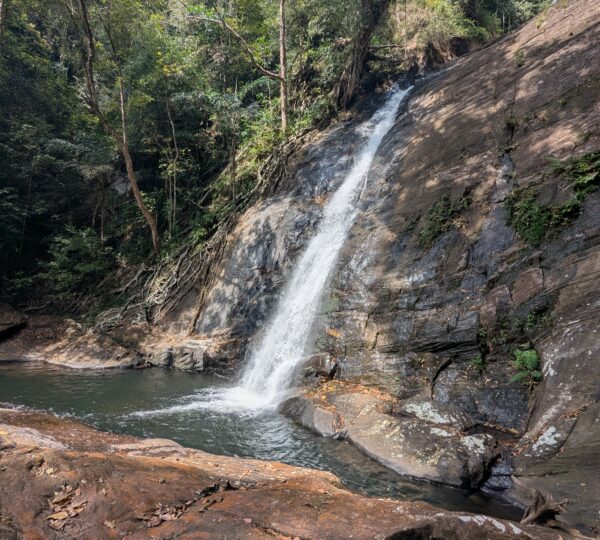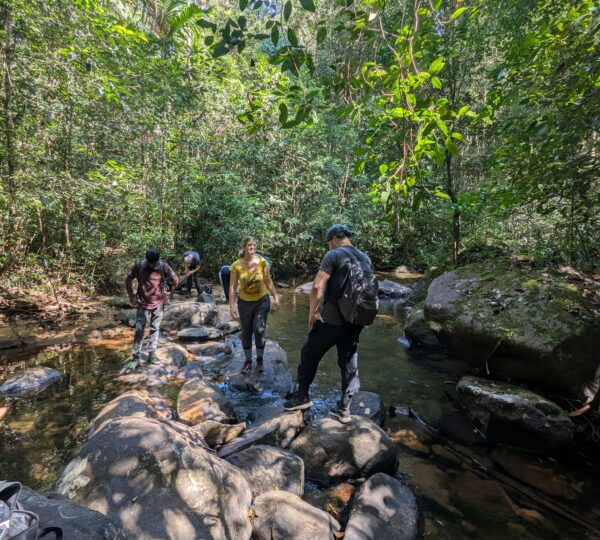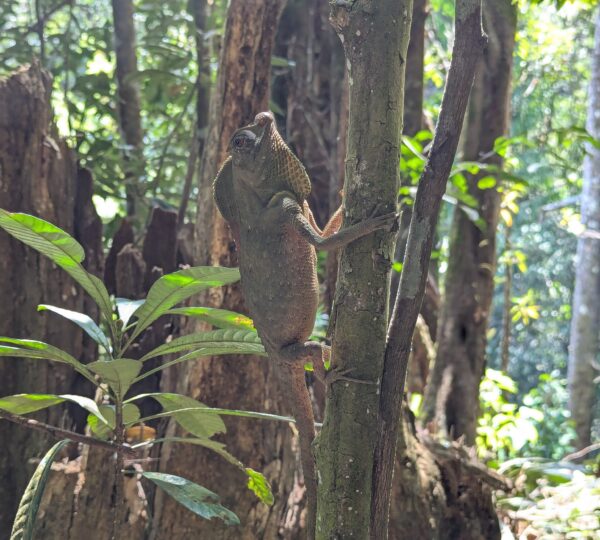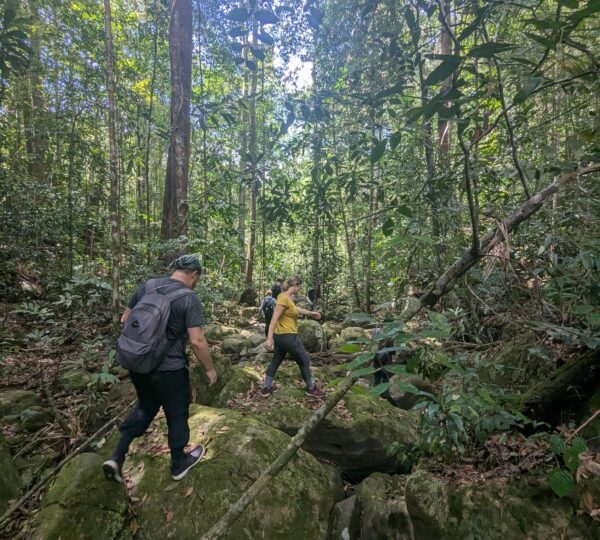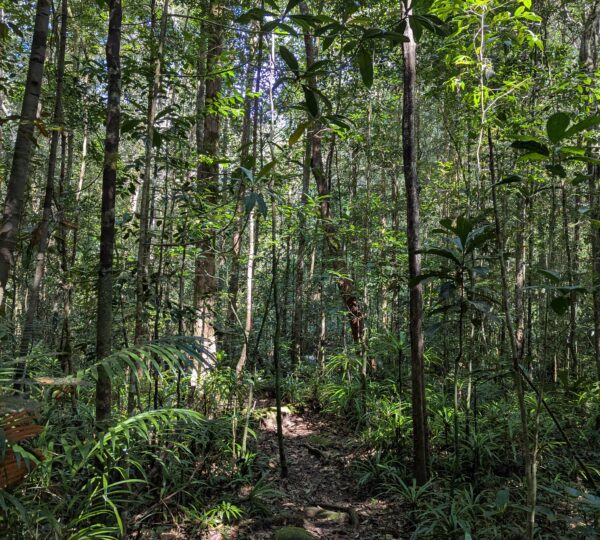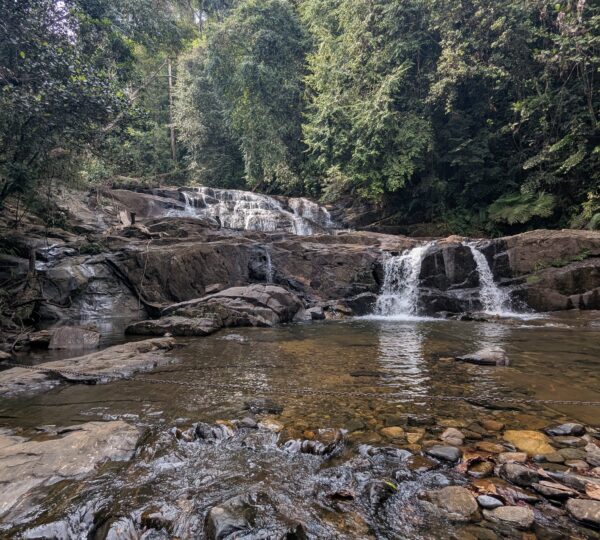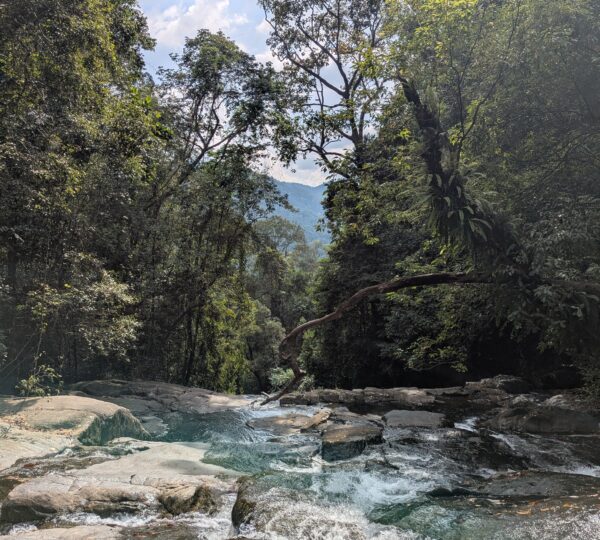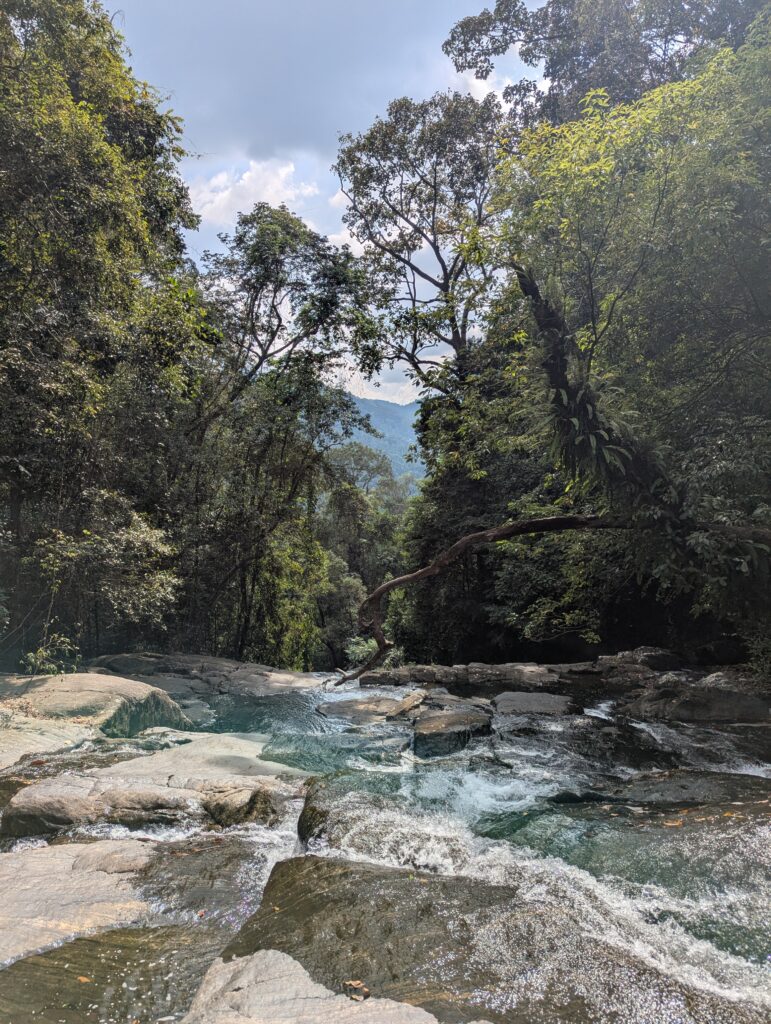Sinharaja Rainforest: Sri Lanka’s Last Great Tropical Wilderness
From
Duration
Tour Type
Explore Tours
Nestled in the heart of Sri Lanka’s southwest wet zone, Sinharaja Rainforest is the country’s largest and most important tropical rainforest. Declared a UNESCO World Heritage Site in 1988, this pristine jungle is a biological treasure trove, home to an astonishing array of endemic flora and fauna. Covering around 11,187 hectares, it stretches across the districts of Galle, Matara, and Ratnapura, serving as a crucial watershed and ecological hotspot.
The name “Sinharaja” translates to “Lion Kingdom”, reflecting both its mythical past and its role as the undisputed king of Sri Lanka’s rainforests. Due to its dense vegetation and remote location, the forest remains largely undisturbed, preserving its ancient biodiversity and natural beauty.
Included/Exclude
Tour Plan
🌿 Unparalleled Biodiversity
Sinharaja is an evergreen tropical rainforest that boasts 60% endemic tree species, some of which are found nowhere else in the world. The dense foliage creates a humid and mysterious jungle atmosphere, making it a true nature lover’s paradise.
🦜 Wildlife & Birdlife
Sinharaja is one of the best places in Sri Lanka for birdwatching, as it shelters over 140 bird species, including 33 endemic species. Some rare birds found here include:
- Sri Lanka Blue Magpie
- Red-faced Malkoha
- Green-billed Coucal
- Sri Lanka Junglefowl (Sri Lanka’s national bird)
Apart from birds, Sinharaja hosts over 50% of Sri Lanka’s endemic animals, including:
- Mammals: Purple-faced langurs, giant squirrels, leopards (rarely spotted), rusty-spotted cats.
- Reptiles & Amphibians: The Sri Lankan pit viper, hump-nosed lizard, and various tree frogs.
- Insects & Butterflies: Sinharaja is a haven for butterfly species, including the striking Sri Lanka Birdwing, the country’s largest butterfly.
💦 Rivers & Waterfalls
The rainforest is home to several streams and rivers that sustain local ecosystems. Visitors will come across hidden waterfalls within the forest, such as:
- Duwili Ella Falls – Known for its misty spray.
- Brahmana Ella Falls – A beautiful, lesser-known cascade.
🚶 Trekking & Eco-Adventure
Sinharaja offers several trekking routes ranging from easy nature walks to challenging hikes. Some popular trails include:
- Kudawa Entrance Trail – The most commonly used entrance, leading to core jungle areas.
- Mulawella Trail – A trek leading to a stunning viewpoint.
- Sinhagala Trail – A more challenging trail that provides panoramic views of the rainforest canopy.
Guided treks are highly recommended, as experienced naturalists can help spot wildlife and explain the unique ecosystem.
✔️ Best Time to Visit:
The best months to explore Sinharaja are December to April and August to September, when rainfall is lower, making trekking more comfortable.
✔️ Activities:
- Birdwatching & Wildlife Spotting
- Nature Photography
- Trekking & Hiking
- Exploring Waterfalls & Natural Streams
✔️ Guided Tours & Eco-Tourism
To ensure conservation, only a limited number of visitors are allowed at a time. Tourists must be accompanied by licensed guides, who provide expert insights into the rainforest’s ecology.
✔️ What to Bring?
- Comfortable trekking shoes with good grip.
- Light, breathable clothing.
- Raincoat or poncho (rain is frequent).
- Insect repellent to protect against leeches.
- Binoculars for birdwatching.
- Camera for capturing the stunning landscapes and wildlife
Sinharaja is not just a rainforest; it’s a living, breathing ecosystem that showcases Sri Lanka’s incredible natural heritage. Whether you're a wildlife enthusiast, a trekking lover, or someone seeking tranquility in nature, Sinharaja promises an unforgettable adventure.
Would you like recommendations for lodging, tour operators, or custom trekking routes?

